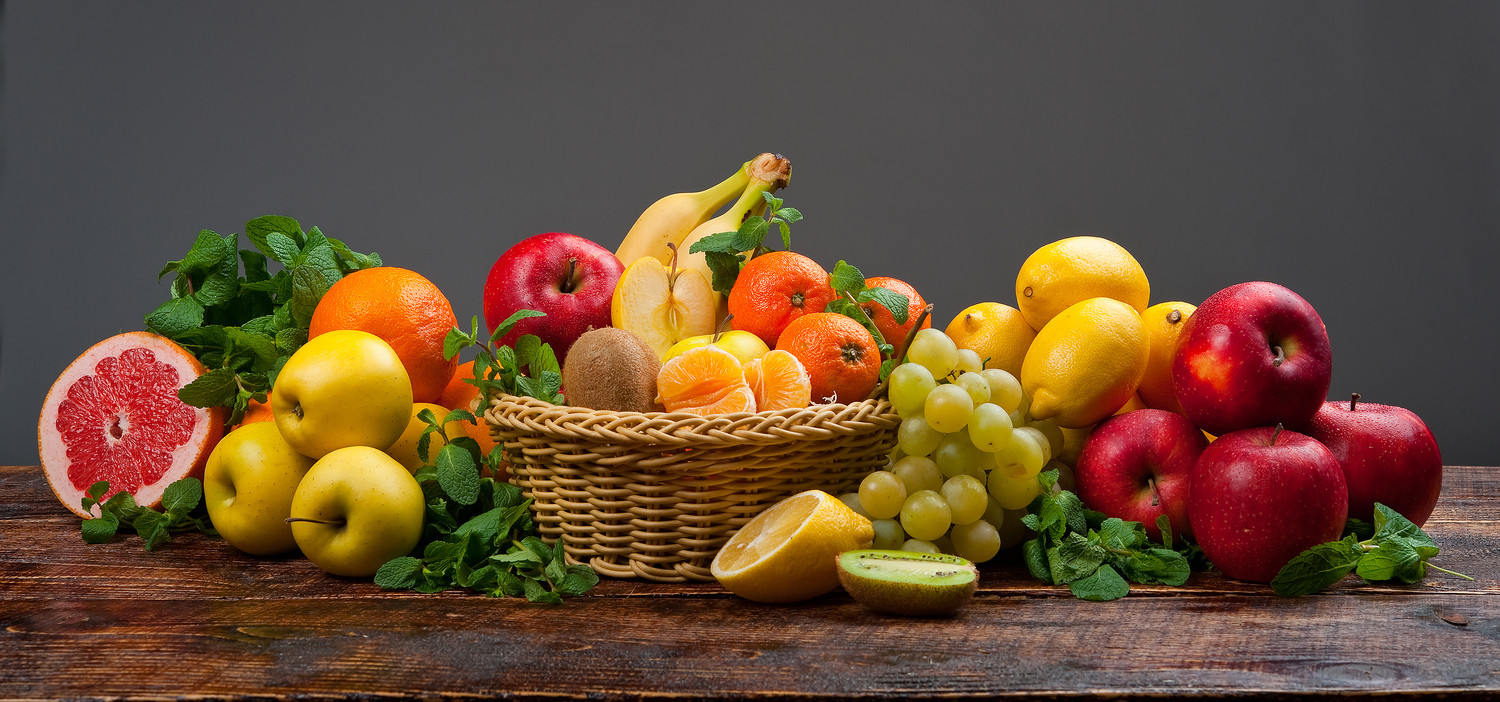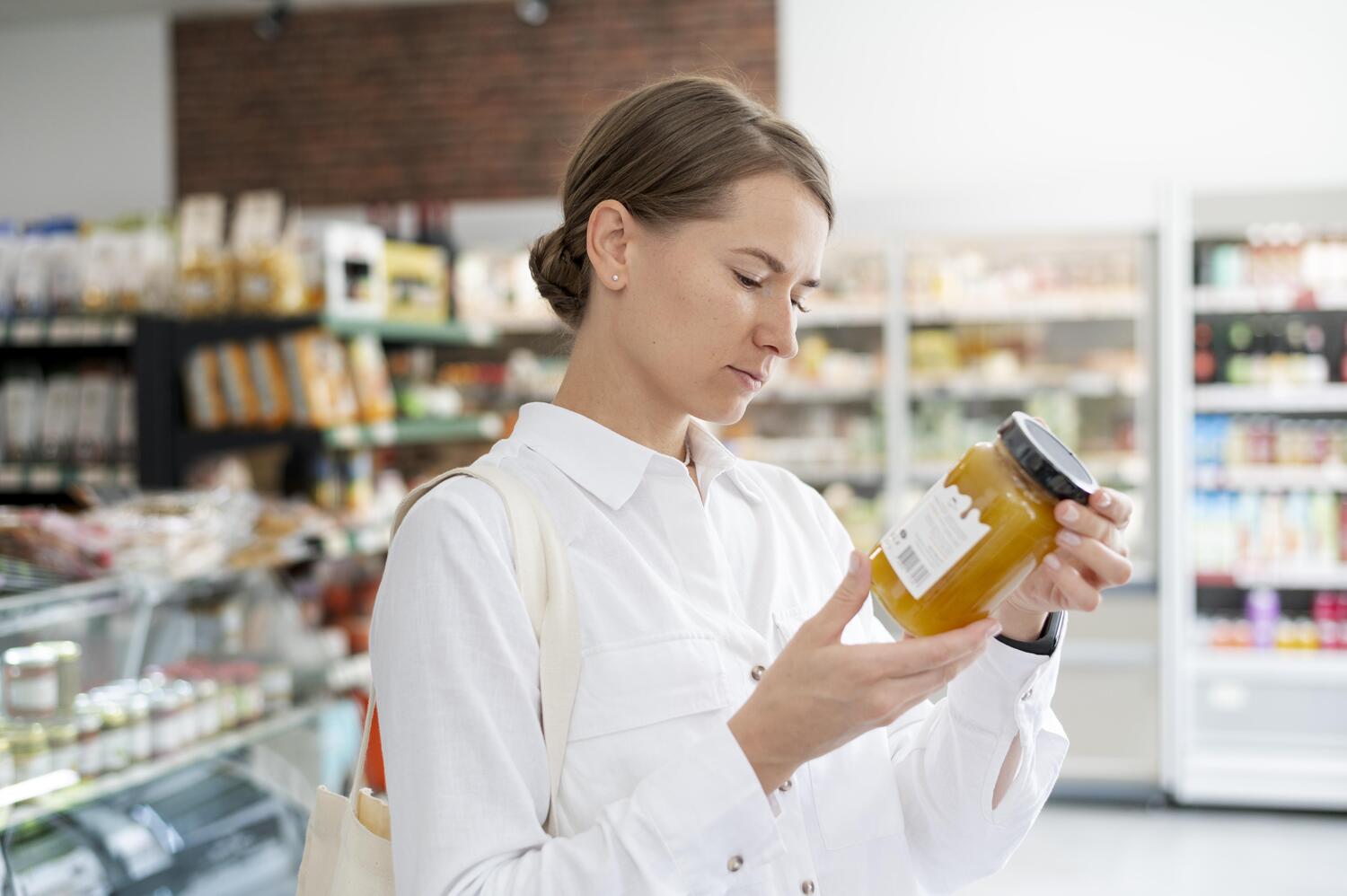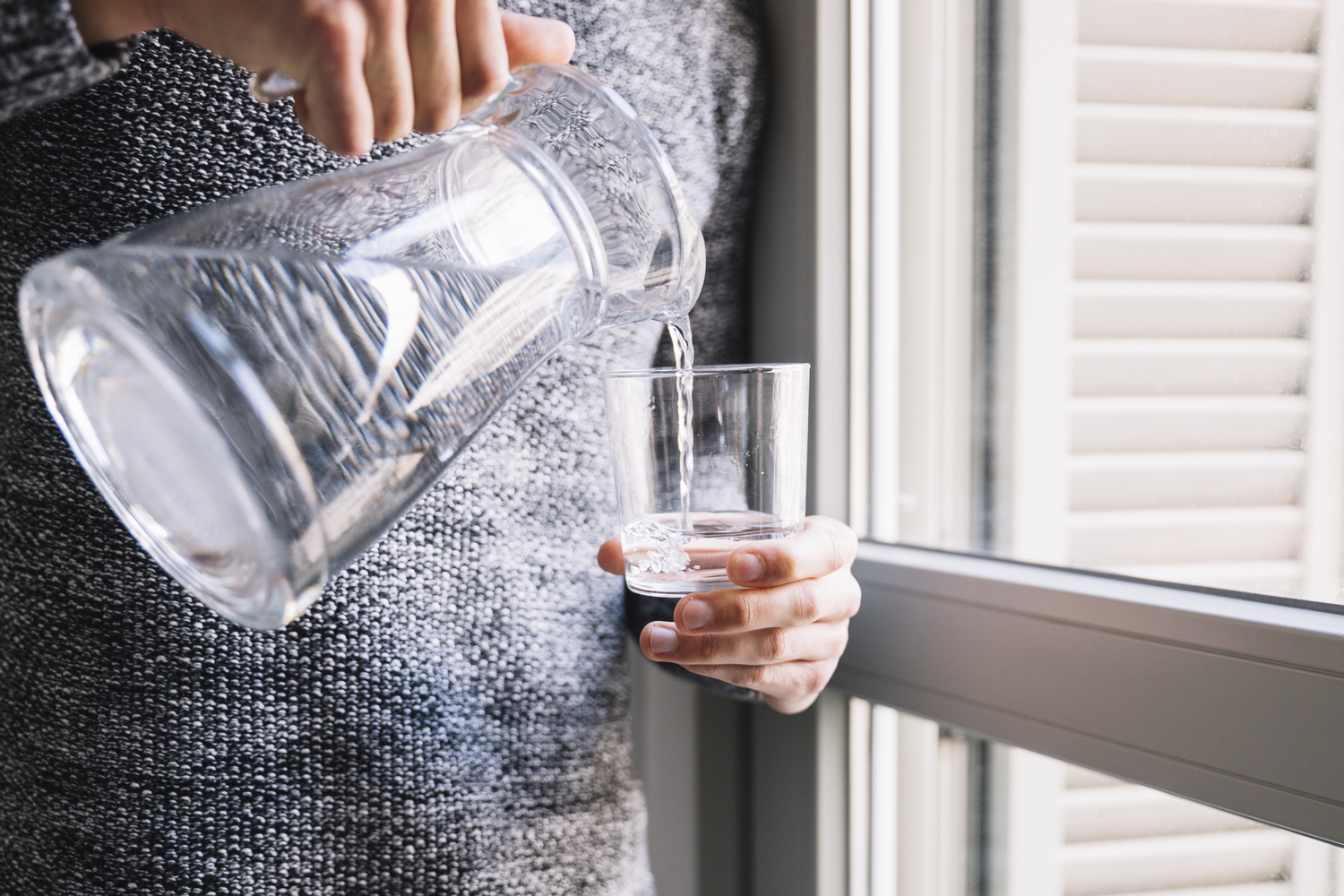What Is Clean Eating?
Clean eating is defined as eating whole, unprocessed foods that do not contain artificial ingredients. Even though clean eating focuses on fresh, local, organic, and plant-based foods and is based on eating lots of fresh vegetables, fruits, whole grains, healthy proteins, and fat, different people have different ideas regarding what foods can be included in a clean diet. For example, some clean-eating plans prohibit the consumption of dairy products, but it is not always necessary to exclude these food groups in order to live a clean-eating lifestyle. So let’s take a closer look at what these different ideas entail.
How To Eat Clean?
Eating clean is not difficult at all! You can easily eat clean by following these 8 steps.
1. Eat More Fruits and Vegetables

As we all know, fruits and vegetables are very healthy foods with numerous benefits. They contain many beneficial compounds such as fiber, vitamins, minerals, antioxidants, and other anti-inflammatory compounds. Many studies show that high fruit and vegetable intake supports your health and reduces the risk of contracting many diseases.
Vegetables and fruits are essential for clean eating because they can be eaten fresh and raw, which is perfectly in tune with the clean eating approach.
2. Cut Back On Highly Processed Foods
Clean eating is a lifestyle that is against the consumption of processed foods, as it literally means consuming foods in their natural state as much as possible. Most processed foods have low nutritional value. In fact, they hurt your health because of the sugar, glucose syrup, chemicals, and additives contained in most of them.
Therefore, it is best to avoid processed foods as much as possible to eat clean.

3. Read The Labels
Reading the labels on packaged foods, nuts, meats, and other foods is essential to maintaining a clean eating lifestyle. When filling up your shopping cart, avoid foods that contain preservatives, added sugars, or unhealthy fats like trans fats.
4. Reduce Your Consumption of Refined Carbs
Not all carbohydrates are the same. Many foods that are high in carbohydrates are healthy and nutritious. But refined carbohydrates, also known as simple or processed carbohydrates, are not nutritious and should be avoided when trying to eat clean.
5. Go For Healthy Fats
Margarine and some vegetable oils are produced through chemical extraction, making them highly processed. They, therefore, do not meet the criteria for clean eating.
Try to get enough healthy fats in your diets, such as oily fish, nuts, and avocados. But if you find it difficult to stay away from vegetable oils completely, you can try using extra-virgin olive oil instead, which is also nutritious.
6. Limit Your Alcohol Consumption
Alcohol is made by adding yeast to crushed grains, fruits, or vegetables, allowing the mixture to ferment. However, frequent alcohol consumption has been shown to promote inflammation and can cause several health problems, digestive problems, and excess belly fat. It is important to keep your alcohol consumption at a minimum for healthier and cleaner eating.

7. Drink More Water
Water does not contain any additives, sugar, artificial sweeteners, or other questionable ingredients. It’s the cleanest beverage you can drink and should be your best friend in a clean eating lifestyle.
8. Avoid Packaged Snacks
Crackers, muffins, and similar snack foods are typically made of refined grains containing sugar, vegetable oils, and other unhealthy ingredients. These processed foods provide little nutritional value. Eat healthy snacks, such as nuts and fruits, to pass your hunger between meals.
Struggles With Clean Eating

A restrictive clean eating plan may cause stress and anxiety. Since there is no scientific definition of clean eating, the lack of clarity about clean eating and the tendency to label certain foods or ingredients as “good” or “bad” can increase the risk of an
unhealthy obsession and preoccupation with clean eating. Questions like “can I eat this food?”, “Is this food considered to be clean?” or “am I making the right choice?” can cause your stress levels to rise and, in turn, lead to other eating problems.
The other problem with clean eating is that it can negatively affect your social life. Gathering with others to dine out or being invited to a friend's house for dinner is one of the best ways to connect with others meaningfully. However, it can be challenging to find unprocessed food at restaurants or at a friend's house when following a very restrictive clean eating diet.
That's why it is always important to know how to overcome these challenges because they're here to stay.
Read the following article to learn more about building healthy eating habits despite its challenges.
Read on: How to Build Healthy Eating Habits?
About Vivoo
If you are looking for an easier way to track your overall wellness, Vivoo is the perfect solution! Vivoo is an at-home urine test that tracks your body’s wellness based on 9 wellness parameters, like magnesium, hydration, Vitamin C, and many more, to provide personalized nutritional and lifestyle advice. Plus, it's quick and easy to use – you'll get your results in just 90 seconds! That means you can finally take charge of your overall. Let’s take a closer look at what Vivoo’s YOU-centered wellness platform offers:
- Real-Time Body Data: Discover your levels of Vitamin C, Magnesium, Calcium, Hydration, Ketone, Sodium, pH, Oxidative Stress, and Protein through an at-home urine test
- 5,000+ Personalized Advice: Get personalized nutritional & lifestyle advice prepared by dietitians, nutritionists, and doctors.
- Wearable Integration: Sync your wearable data to track your Activity, Sleep, and Heart Rate
- Personalized Supplements: Order personalized supplements based on your Vivoo test results
- 300+ Wellness Articles: Access blog articles on trendy wellness topics.












